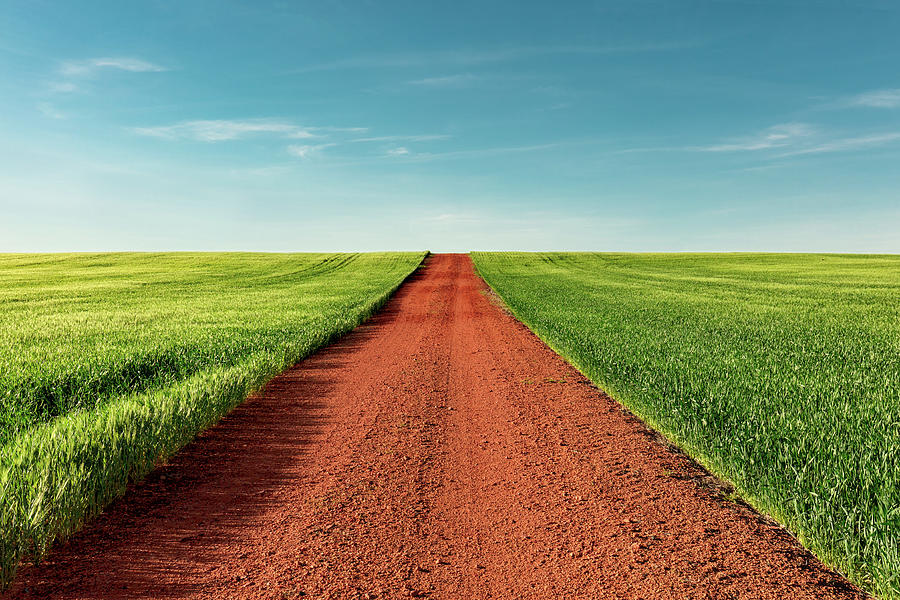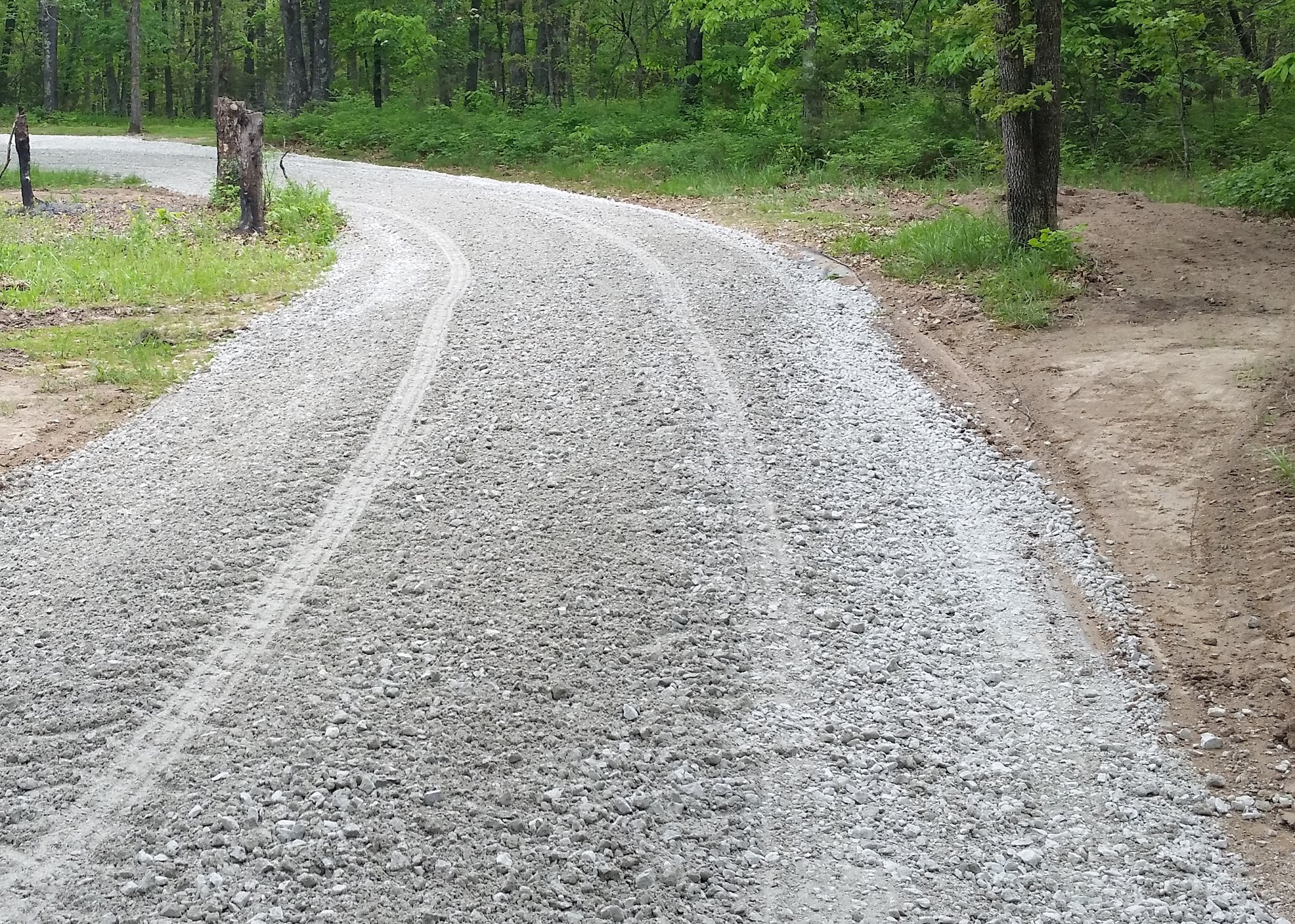

Maintenance in the form of regular grading keeps a gravel road in good, drivable condition, ensuring safety and allowing for efficient transportation. This is designed to provide a hard, all-weather, water-resistant surface.
#Gravel road free#
If you want a gravel road to remain smooth and free of cracks, ruts and potholes, a one-off application of a bituminous surface treatment (BST) may be the answer. A properly shaped crown and shoulder, ditches, culverts and drains are all responsible for channelling water away from the road surface. A road with proper drainage will last longer and require less maintenance. The road should also be wide enough to accommodate all types of vehicles travelling in both directions. Gradients should never be more than 10 percent, particularly if the road is used by large trucks. Motorists should be able to see 20 to 30 metres up the road for every 16 kilometres of speed. A clear line of sight is especially important in misty and high rainfall areas. Design for the worst-case scenarioīe sure to design and build your road with the heaviest vehicles, highest traffic volumes and worst weather conditions in mind. If you start with a poor base, the entire road is compromised, and no amount of top dressing or grading will rescue the situation. The base and binder layers should be allowed to harden and settle before the final surface layer is applied. The best gravel roads are constructed upwards in layers from a stable base. Context will determine whether this is viable from a cost perspective.

For example, woven fibreglass strands coated in an elastomeric polymer can keep underlying material in place, adding to the durability of a gravel road. Various geosynthetic products are available for stabilizing underlying soil, which is useful in South Africa's often sandy terrain. You can then compact the soil to create a firm foundation that will not collapse under the weight of traffic. The easiest way to achieve a stable foundation is to mix a binding agent, such as cement, calcium chloride, salt or lime, into the soil using a stabilising machine. Build a solid baseĪ good road is built on a stabilised base. It reduces the volume of water and air in the soil, creating a harder, denser, and more durable surface.Ī well compacted soil can more easily resist the stresses created by traffic flow and harsh weather conditions. Compact soils properlyĪlong with grading, soil compaction is the most important process in gravel road construction. The road top should have the best quality gravel consisting of a combination of fractured stone, sand and fine particles with a binding characteristic to form a smooth, firm surface. You want a dry and stable base, so soils with high clay content or moisture are not suitable. The operating speed of a motor grader, along with the angle and tilt of the mouldboard, can "make or break" a road – and getting things just right can take an operator many years of practice. What may be less obvious is the value of hiring an experienced machine operator. Also, all heavy equipment is safer and more effective when properly maintained. If you want to build a road with a long service life, it's obvious you need the right machinery. Of course, it also has to be much tougher than a road that's likely to see only light vehicles and comparatively low traffic.

This will help determine the ideal path and width of the road, as well as the required depth of the base material.įor example, a gravel road that must support heavy-duty commercial vehicles has to be straighter, with less curves and switchbacks, to accommodate the limited manoeuverability of these comparatively cumbersome vehicles. Assess road useīefore you start the construction process, it’s important to consider the types of vehicles that will be using the road. Follow these basic rules of gravel road construction and you’ll be on the right track. Whether you're planning to build a short stretch of road on a smallholding or a network of gravel roads covering a large area, you have to get the basics right if you want the road to last. Gravel Roads: Construction & Maintenance Guide.
#Gravel road how to#
Ideally, you want a smooth, uniform surface that can handle heavy loads and heavy weather without breaking up.įor highly detailed instructions and insights on how to build a gravel road, consider a guide such as:

Building a gravel road takes planning, preparation and the use of specialised grading and compacting equipment.


 0 kommentar(er)
0 kommentar(er)
